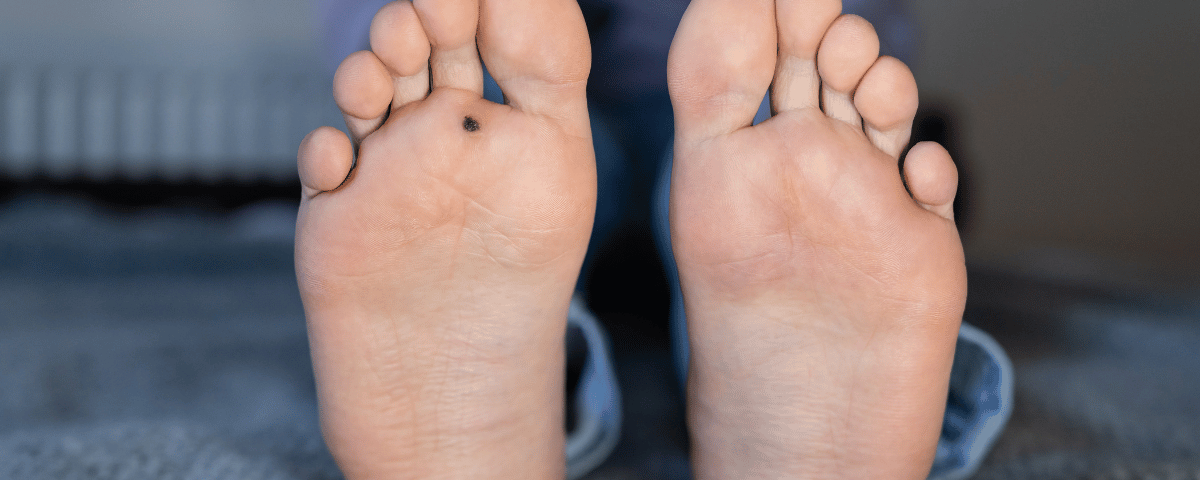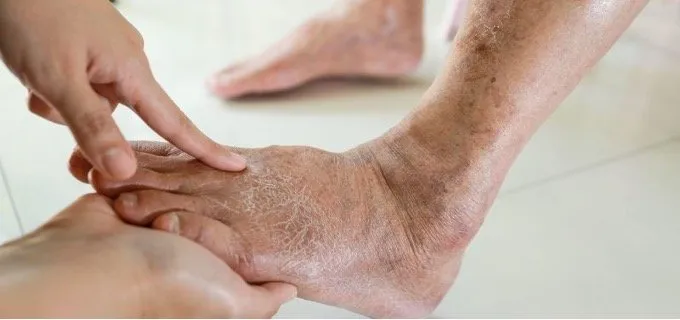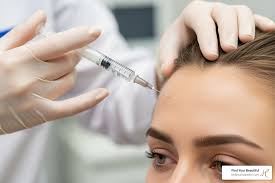
Professionals That Make up Brain Surgery Teams
September 17, 2025
Why Regular Check-Ups are Essential in Gastroenterological Care
September 18, 2025Warts are common, benign skin growths caused by the human papillomavirus (HPV) that can appear on various parts of the body. While they are often harmless, their appearance can be a source of discomfort or concern for many individuals. Understanding the available methods for wart removal is the first step toward achieving clearer skin.
Understand Common Wart Types
Before looking into wart removal, it is helpful to identify the type of wart. Common warts frequently appear on the hands and fingers. They are characterized by a rough, grainy surface. Plantar warts grow on the soles of the feet, and they can be painful due to pressure from walking. Often, they grow inward beneath a tough layer of skin. Flat warts are smaller and smoother. They typically appear in clusters on the face, arms, or thighs. Lastly, filiform warts have a distinct thread-like or finger-like shape. They tend to grow quickly around the mouth, eyes, and nose.
Explore At-Home Remedies
Over-the-counter (OTC) treatments can be a first option for managing common warts. These products often contain salicylic acid, which works by removing the wart’s layers gradually over several weeks of application. They are available in various forms, including liquids, gels, and patches, allowing for direct application to the affected area. Another at-home option is cryotherapy, which involves freezing the wart with a spray containing a mixture of dimethyl ether and propane. It is beneficial to follow the product instructions carefully to avoid damaging the surrounding skin.
Try Medical Treatments
If at-home remedies are not successful or if warts are widespread, painful, or located in sensitive areas, consulting a healthcare professional is recommended. A dermatologist can offer several effective in-office procedures. These treatments include:
- Prescription-strength peeling agents: Stronger versions of salicylic acid or other chemicals may be prescribed to remove wart layers more effectively.
- Cryotherapy: A physician uses liquid nitrogen to freeze the wart, which is a more potent and often more effective freezing method than OTC kits.
Other medical options can include minor surgery to cut away the wart, laser treatment to burn off the growth, or immunotherapy to help your body’s immune system fight the virus. The choice of treatment depends on the type, location, and overall health of the patient.
Prevent Future Wart Growth
Preventing warts starts with good hygiene and a few simple precautions. Here’s how you can reduce the risk of infection and spread:
- Wear footwear in public areas like swimming pools, locker rooms, and communal showers, as HPV thrives in warm, moist environments.
- Avoid sharing personal items such as towels, razors, and nail clippers to prevent the virus from spreading through direct or indirect contact.
- If you already have a wart, avoid picking or scratching it to stop it from spreading to other parts of your body.
Take Action for Wart Removal
Addressing warts can be a straightforward process when you are informed about your options. From identifying the wart type to exploring various at-home and professional treatments, you can make the best choice for your skin health. By taking preventative steps, you can also reduce the likelihood of future occurrences. If you have concerns about a skin growth or if over-the-counter methods are ineffective, consult a healthcare provider to discuss the most appropriate treatment path.





